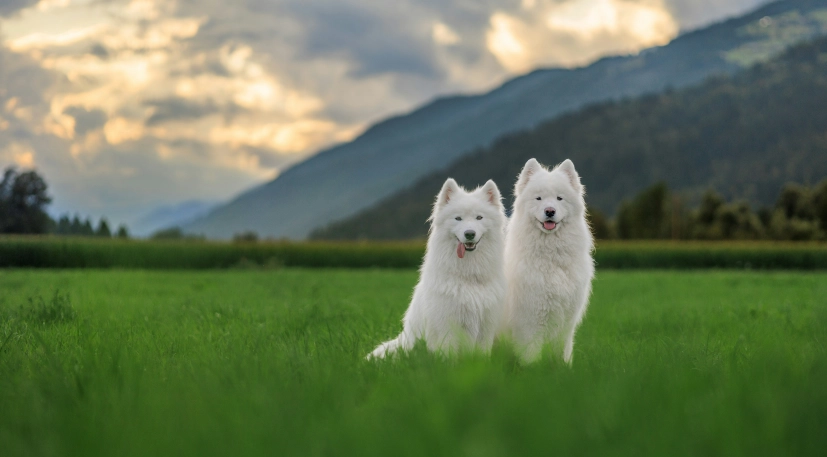
Cloning Pets: Scientific Achievement, Fragile Promise — and Why Caution Matters

In recent years, the cloning of companion animals—dogs, cats, even horses—has moved from the realm of science fiction to commercial reality. Specialized companies now offer to preserve your pet’s cells and, when the time comes, create a genetic clone. For grieving owners or those deeply attached to a beloved companion, this promise can feel profoundly comforting.
But behind the emotion lies the science.
And behind the science lie essential ethical and biological questions.
At Adnà, our mission is to help people understand their DNA—not to reproduce living beings. We believe it is important to offer clear, balanced, and responsible information about what cloning can truly achieve… and what it cannot.
How Does Animal Cloning Work?
Most companies rely on Somatic Cell Nuclear Transfer (SCNT):
- Cells are collected from an animal (alive or recently deceased).
- The nucleus containing its DNA is extracted.
- This nucleus is inserted into an enucleated egg.
- The egg is stimulated to begin dividing.
- The resulting embryo is implanted into a surrogate mother.
If all goes well, a genetically identical animal is born.
In theory, the process is simple. In practice, it is far more complex.
Success Rates: A Less Glamorous Reality
Cloning a dog or cat is never guaranteed. To produce a single viable clone:
- dozens or even hundreds of embryos may fail,
- multiple females are required (egg donors, surrogates),
- miscarriages are common,
- and newborn clones may face health challenges associated with cloning.
Early cloning experiments involved more than 100 attempts for a single viable puppy.
Commercial claims of high success rates should be interpreted cautiously, as independent data are scarce.
These are not arguments against the technology — but they are essential realities.
A Clone Is Not an Identical Animal
This is crucial:
Cloning reproduces DNA, not identity.
An animal’s personality is shaped by:
- environment,
- experiences,
- training,
- social bonds,
- trauma or resilience,
- family context.
Two animals with identical DNA will never share identical personalities or histories.
For grieving owners, this distinction matters: cloning does not bring back the same companion—
it creates a new living being.
Ethical Questions Worth Asking
1. Animal Welfare
Cloning procedures require multiple animals and repeated invasive steps.
Failures are common, raising legitimate welfare concerns.
2. Our Emotional Relationship with Animals
Does cloning help with grief—or complicate it?
Does it reduce a living being to its genome?
Are we hoping for the impossible: the return of a lost companion?
3. Societal Priorities
With so many animals in shelters, is cloning the best use of resources?
4. Transparency & Oversight
Many countries lack clear ethical guidelines for pet cloning.
Success rates, animal care standards, and protocol details often remain undisclosed.
Adnà’s Position: Celebrate Science, Reject Illusions
As a genetic testing company, Adnà does not offer or promote pet cloning.
Our role is different:
to educate
to inform responsibly
to clarify what genetics can—and cannot—do
to help people make thoughtful, ethical decisions
We acknowledge the legitimate scientific advances behind cloning, especially for conservation or research.
But when it comes to companion animals, we encourage:
- careful reflection,
- an honest understanding of limitations,
- respect for animal welfare,
- and recognition that every animal is unique and irreplaceable.
Cloning does not restore a lost companion—
it creates a new one, deserving of its own story.
Conclusion: Between Science and Conscience
Pet cloning is neither a miracle nor a scandal.
It is a developing technology with remarkable potential and profound ethical implications.
As a responsible actor in the field of genetics, Adnà seeks to contribute to an informed, compassionate, science-based discussion.
For us, one principle stands firm:
Science must evolve—but always with ethics at its core.
The real question is not “Can we clone?”
but rather
“Why clone—and at what cost for the animals involved?”
Other Journal : Files
VIEW MORE



